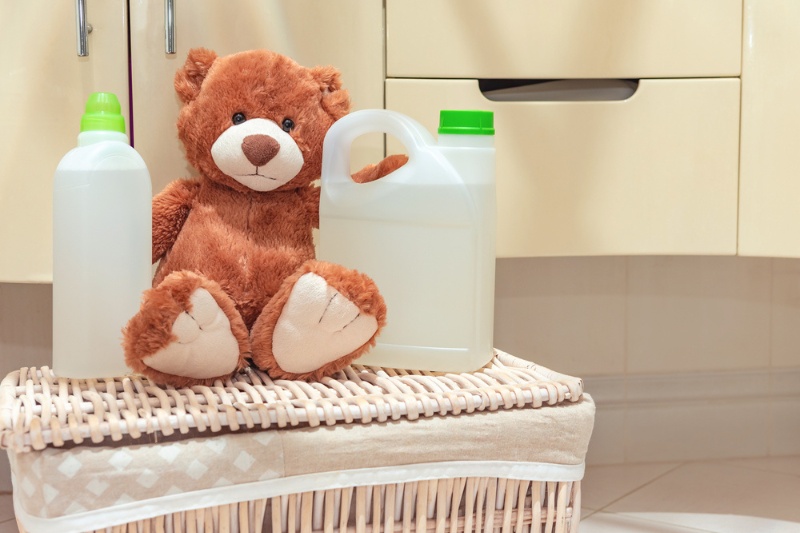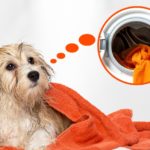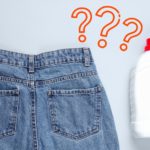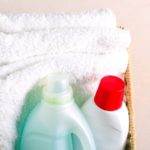Got a vintage teddy that needs a little pampering? Perhaps Rover’s toys have gotten a little too pongy for you! Or maybe your child has been sick, and their much-loved Mr Bear needs a good ol’ wash?
Whatever your story is, cleaning stuffed toys doesn’t have to be the chore you’ve built it up to be.
Believe it or not, the washing process is more straightforward than you think. Just follow the steps below to find out how you wash stuffed animals.
How to Wash Stuffed Animals in the Washing Machine
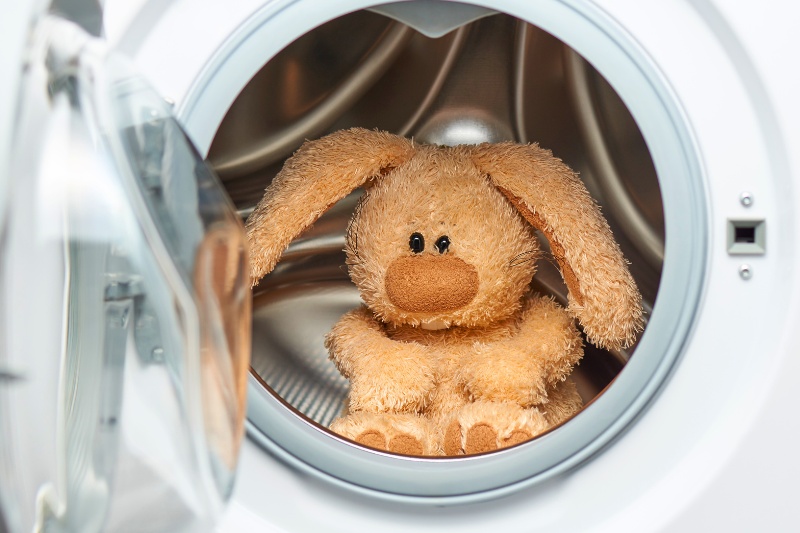
A lot of teddy bears and stuffed animals can be washed in a traditional washing machine. But don’t assume that all stuffed toys can be cleaned like this—always double-check the tag on the toy!
Stuffed animals that can usually be cleaned in a washer include:
- Toys that don’t contain electronics – batteries, voice boxes, and lights.
- Stuffed animals that are made from hard-wearing materials.
Steps to follow:
- Check the care label on your stuffed toy to see if it can be washed in a washing machine.
- If the tag says you can use a washer, do so. If the label states otherwise, stop what you’re doing immediately and clean your stuffed animal by hand (see the method below).
- Fill a bowl with a teaspoon of white vinegar and one cup of cold water. This is a stain treatment.
- Dip a cotton bud into the liquid and press it onto a discreet patch of material to perform a patch test.
- If nothing bad happens, continue with the steps below. If there’s a reaction, stop what you’re doing.
- Dip a soft cloth, a neutral-coloured microfibre cloth would do, into the liquid. Wring out the cloth.
- Repeatedly blot the cloth onto any blemishes you see on the toy. Don’t scrub!
- Repeat Step 7 for every stain.
- Secure or remove any loose pieces from the toy. These could become a hazard!
- Pop the toy inside a mesh laundry bag and seal it (a pillowcase would also do). This stops the toy from getting caught up in the washer and getting damaged.
- Put the bag inside the washer.
- Add a gentle detergent to the washer.
- Choose cold water.
- Select a delicate or gentle cycle.
- Start the wash.
- At the end of the cycle, run an additional rinse cycle to remove excess detergent.
- Remove the toy from the washing machine.
- Roll the stuffed animal up in a neutral-coloured towel to extract moisture from it.
- Re-shape the animal.
- Pop the toy on a flat surface to dry.
- Gently wipe the toy every so often as it’s drying to fluff it up.
Tip: You can clean multiple toys at once in a washer. But you must make sure that each item is colourfast before you do this – you don’t want any colours to bleed! Plus, every item must be secured in its own mesh laundry bag.
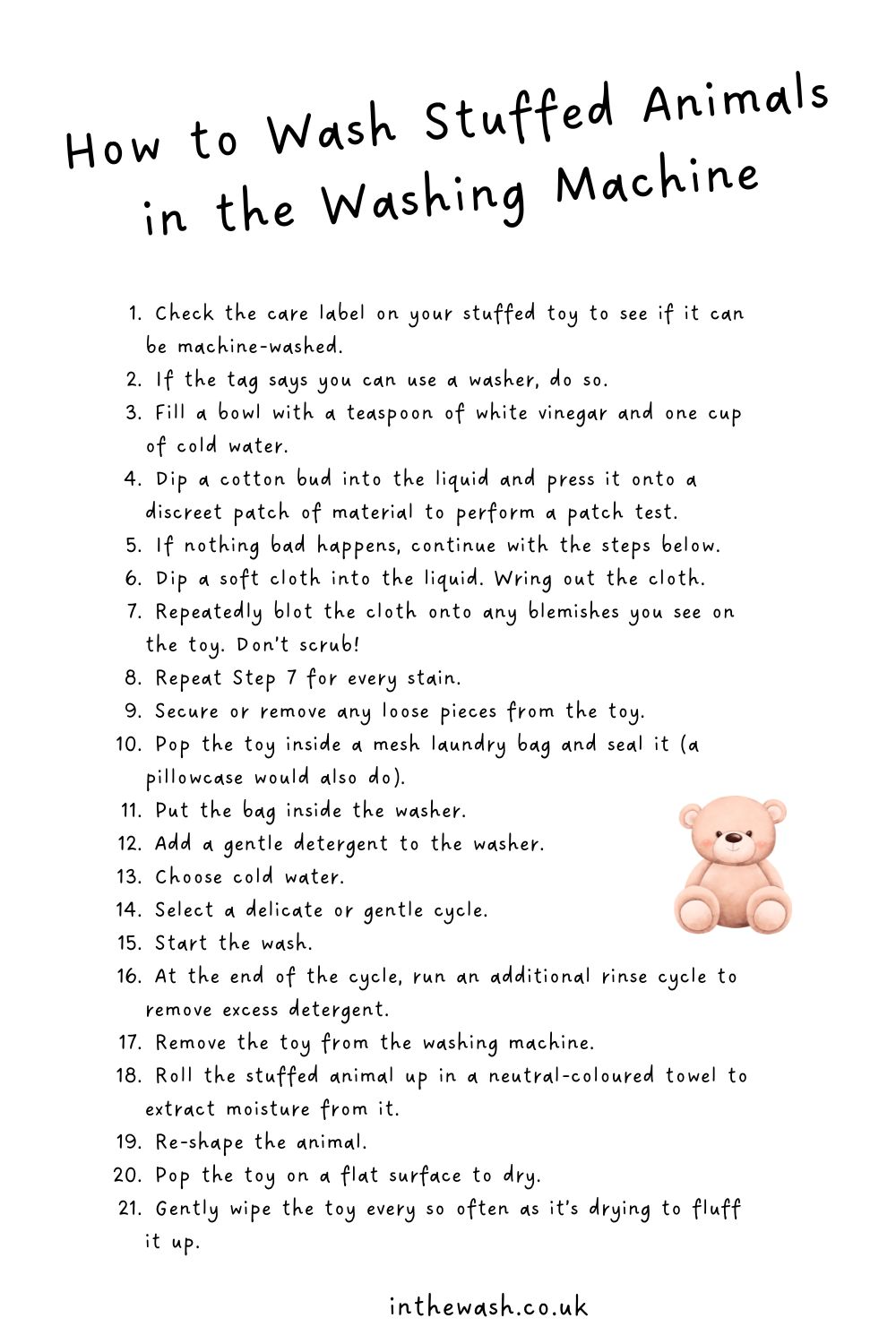
How to Wash Stuffed Animals Without a Washing Machine

It may be a little more time-consuming, but the best way to wash stuffed animals is by hand. Why?
Sometimes the agitation and power of a washing machine can put a lot of strain on the soft and delicate material that makes up the stuffed animal. And this excess strain can lead to wear and tear-related issues.
Stuffed animals that should be washed by hand include:
- Toys that have a tag stating ‘hand wash only’.
- Animals with delicate embellishments and sequins.
- Vintage toys.
- Heirlooms.
- Stuffed animals that are made from delicate fabrics.
- Toys with glued-on pieces.
- Items that don’t have a care tag.
Steps to follow:
- Check the care label on your stuffed toy to find out if there are any specific washing instructions you need to adhere to.
- Fill a bowl with a teaspoon of white vinegar and one cup of cold water. This will be a stain remover.
- Dip a cotton bud into the liquid and press it onto a discreet patch of material to perform a patch test.
- If there are no adverse effects, carry on with the steps below. If there’s a bad reaction, stop what you’re doing immediately and find an alternative cleaning method.
- Dip a soft cloth, a neutral-coloured microfibre one would do, into the liquid.
- Wring the cloth out.
- Repeatedly blot the cloth onto the stains you see. Don’t scrub!
- Repeat Step 7 multiple times so that you can clean the blemishes off the stuffed animal. Remember to use a new patch of cloth each time so that you don’t reapply old dirt to the surface.
- Fill a tub (a clean washing-up bowl) with lukewarm water. The tub needs to be big enough for the stuffed animal to fit inside properly.
- Add a few blobs of gentle detergent to the water.
- Place the stuffed animal in the water.
- Agitate the item in the water to clean it.
- Continuously massage the soap into the material.
- Remove the stuffed toy from the soapy water and empty the dirty water away.
- Gently squeeze any excess water out of the toy – don’t wring it!
- Hold the stuffed animal under cool running water to rinse all the soap from it.
- Repeat Step 16 until the water runs clear. This is a sign that all the detergent has been cleaned off the animal.
- Grab a neutral-coloured towel (like the towels you use after a bath) and gently rub the stuffed toy dry.
- Pop the stuffed animal on a flat surface to dry, and every so often, rub the toy as you did in Step 18. This will help to fluff up the animal.
- Wait until the toy is completely dry before you use it again.
Tip: Keep a look out for worn or thinned-out areas on stuffed animals. And be extra careful when you clean these regions.
How to Clean Stuffed Animals with Electronics
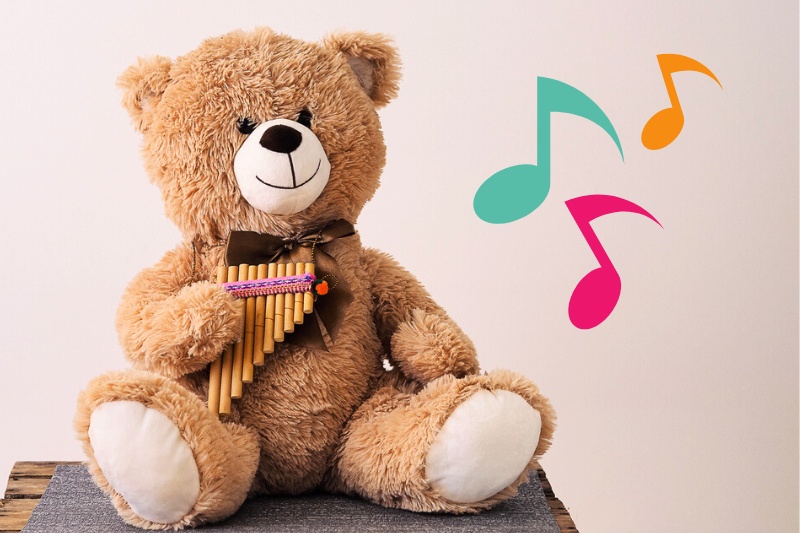
If you’ve got a stuffed animal that talks, sings, or lights up, you’ll have to clean it slightly differently. But the cleaning process isn’t too difficult to carry out!
The most important thing to remember when washing a stuffed animal that contains electronics is that you cannot soak it in water or get it too wet! (I cannot stress this point enough!)
All you need to do is:
- Remove any batteries from the toy and pop them to one side.
- Tape up the battery compartment so that no water can enter into it.
- Gently clean any stains off the stuffed animal using a damp cloth soaked in white vinegar and water.
- You must work slowly and carefully because you cannot get water on any of the electronics, and you must not saturate the stuffed animal!
- Use a mild detergent to clean the stuffed animal.
- Fill a bowl with cold water and a few blobs of detergent.
- Soak a cloth in the cold soapy water, wring it out (it must not be soaking wet), and gently press/blot the cloth onto the material.
- You can then use a second cloth to rinse any suds off the animal – there shouldn’t be much soap to remove.
- Use a dry towel to dry the stuffed animal.
- Leave the toy on a surface to dry and wipe it every so often to fluff it up.
How to Clean Vintage or Special Stuffed Animals
If you’ve got a very special toy at home that’s expensive, an heirloom, or is part of a vintage collection, you can clean it yourself. However, it may be better to ask a professional for help in these cases.
Professionals will be able to mend any loose bits, repair any significant damages and wash your stuffed animal in the best way possible.
It may cost you more to clean a toy like this, but this professional care is worth it if the stuffed animal means a lot to you.
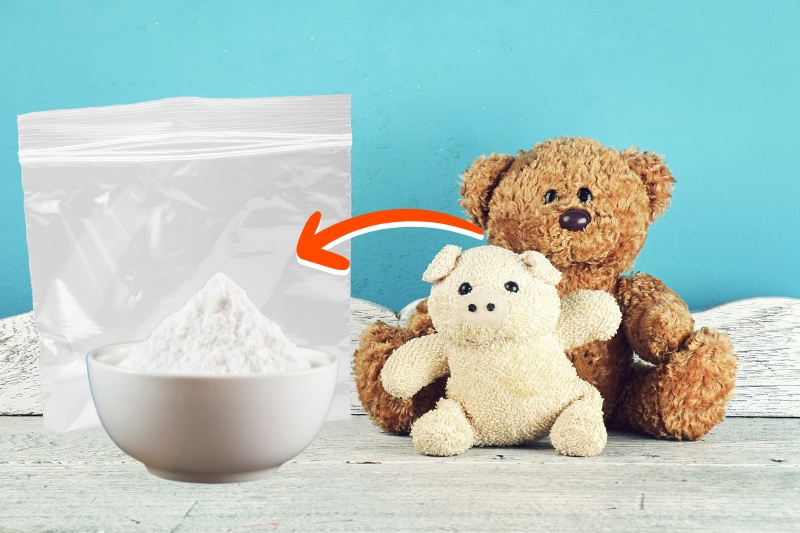
How to Remove Odours from Stuffed Animals
Stuffed animals can smell a little funky after a while. So, to refresh them quickly, follow the steps below:
- Pop the stuffed animal in a large sealable bag (a carrier bag also works, but the process may be a little messier).
- Pop one to two cups of bicarbonate of soda into the bag (adjust according to the size of the toy).
- Seal the bag (tie a knot in the carrier bag).
- Shake the bag around so that the bicarbonate of soda coats the whole stuffed animal.
- Leave the toy inside the bag for a few hours.
- Take the toy out of the bag and give it a shake (do this over a rubbish bin).
- Hoover the stuffed animal to remove the powdery mixture from it (do this gently).
- The stuffed animal will smell much better.
Alternative method
Freeze the stench out of your stuffed animal by placing it in a sealable bag in the freezer overnight! (This method isn’t suitable for toys containing electronics).
Tips to Keep in Mind for the Future
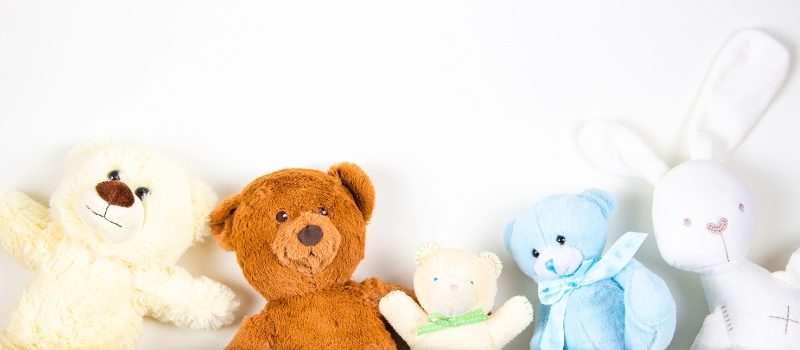
Here are a handful of points to consider:
- Spot treat blemishes as soon as they appear.
- Repair stuffed animals (rips/loose eyes/dangling threads).
- Dust your stuffed toys on a weekly basis to stop them from getting coated in grime.
- Brush your stuffed animals with a very soft brush to keep them clean.
- Clean toys if your child or pet is sick.
- Avoid using harsh chemicals to clean stuffed toys. The products won’t react well with the toy’s materials. But it’s also a bad idea to douse kids’ and pets’ stuff in chemical-laden goods.
Can You Put Stuffed Animals in the Dryer?
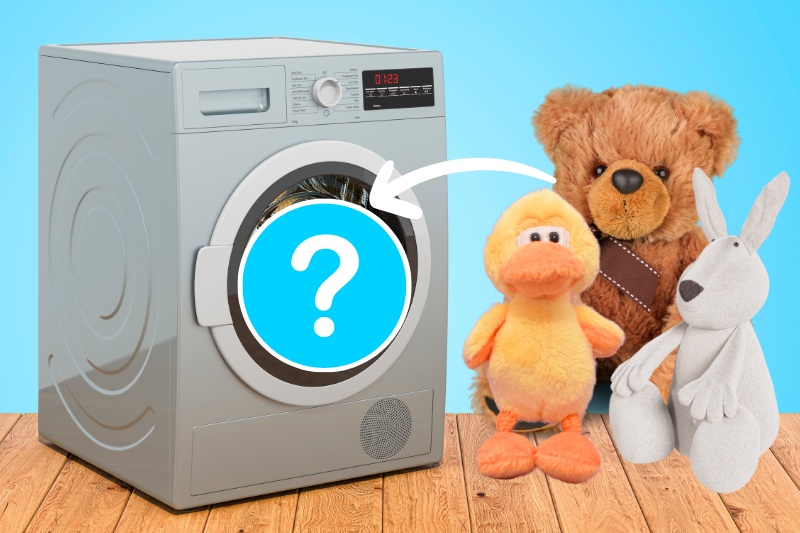
No, you shouldn’t put a stuffed animal in a tumble dryer. Excessive heat and agitation can warp the toy’s stuffing and shrink the outer material!
To dry a stuffed animal, wipe it with a neutral-coloured towel and leave it on a flat surface to dry naturally.
If you need to speed the process up, use a fan and/or open the window so air can flow around the room.
How Often Should Stuffed Animals Be Washed?
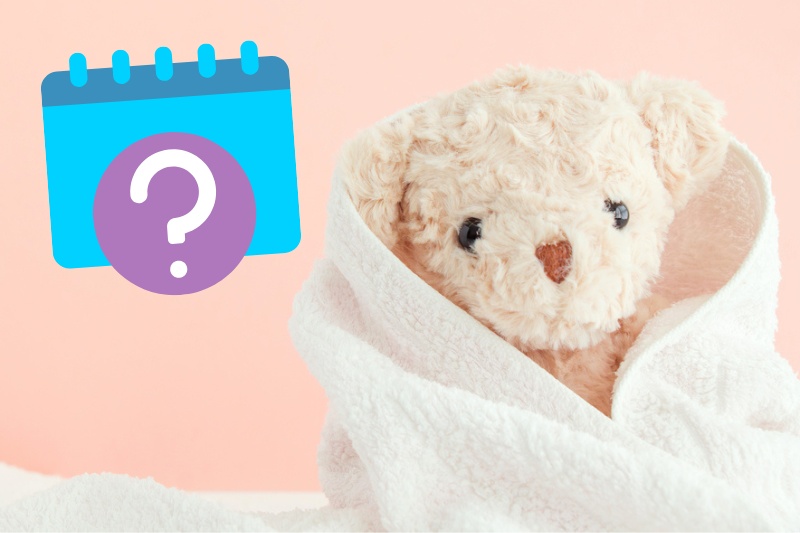
Stuffed animals should be hoovered and/or dusted on a weekly basis and deep cleaned on a monthly basis.
That being said, if the toys look or smell weird before the month is up, you can wash them.
If you see a stain on a stuffed animal, you must treat it immediately. This will stop the blemish from getting worse and becoming harder to remove.
In addition, if your child or dog is sick (cold/flu/nits), you need to clean the toys after every illness to stop the spread of germs, bugs, and bacteria!

Bethan has a passion for exploring, reading, cooking and gardening! When she’s not creating culinary delights for her family, she’s concocting potions to keep her house clean!
